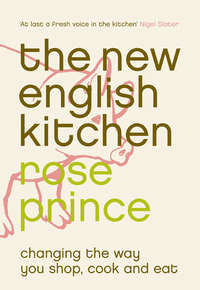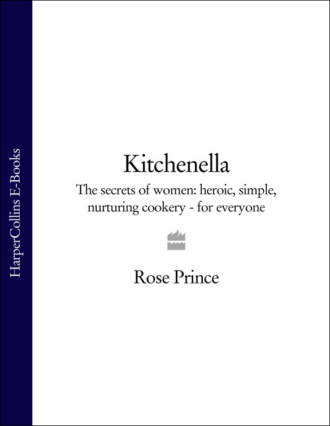
Полная версия
Kitchenella: The secrets of women: heroic, simple, nurturing cookery - for everyone

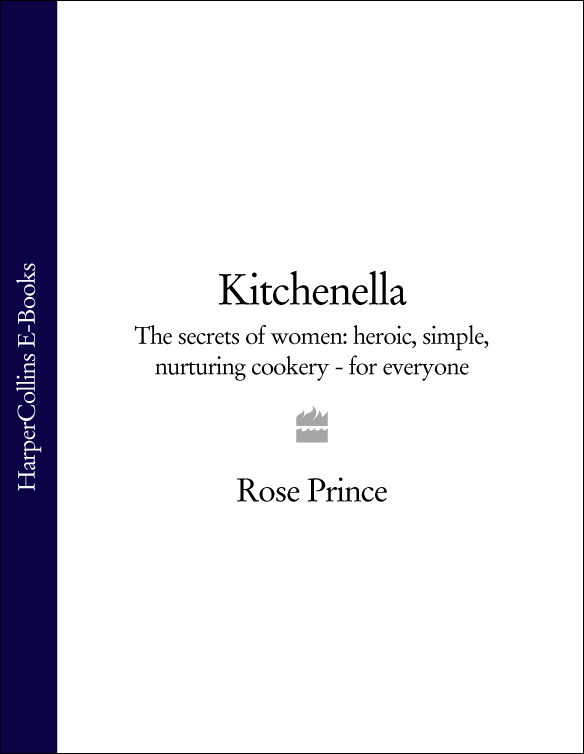
Kitchenella
THE SECRETS OF WOMEN:
HEROIC, SIMPLE, NURTURING COOKERY – FOR EVERYONE
ROSE PRINCE
Photographs by LAURA HYND

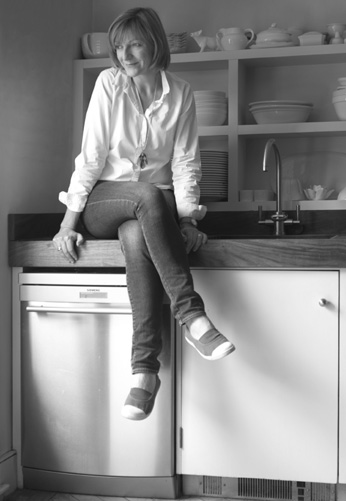
For my children
Contents
Cover
Title Page
Photographic Insert
Introduction
Quick, Cheap and Filling
Things that Please Children
Fast, Good-For-You Lunches and Suppers
A Slow-Cooked Pot
A Pot to Bake in the Oven
A Plate of Something Special
A Clever Rehash
Halfway to a Meal
Index
Acknowledgements
About the Author
Copyright
About the Publisher
Photographic Insert
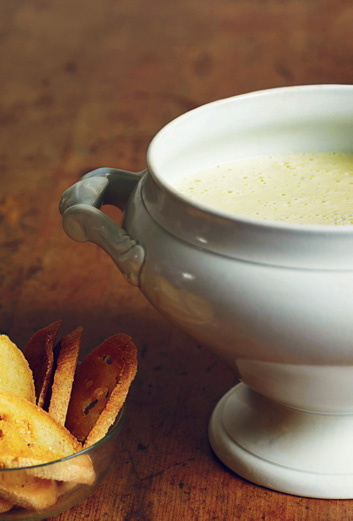
PLATE 1: White bean well-dressed soup
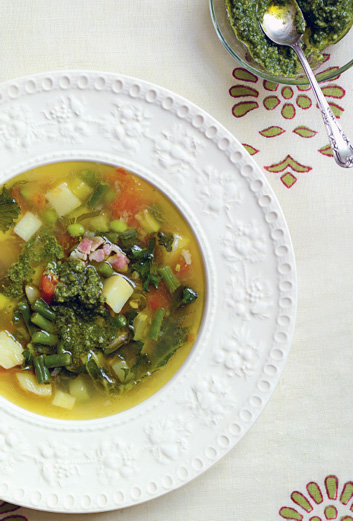
PLATE 2: Summer vegetable broth
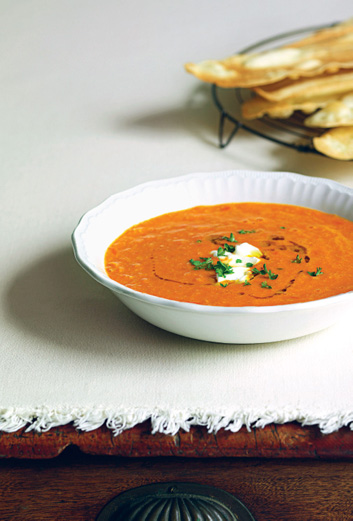
PLATE 3: Chickpea and tomato ten-minute soup; Notepaper bread
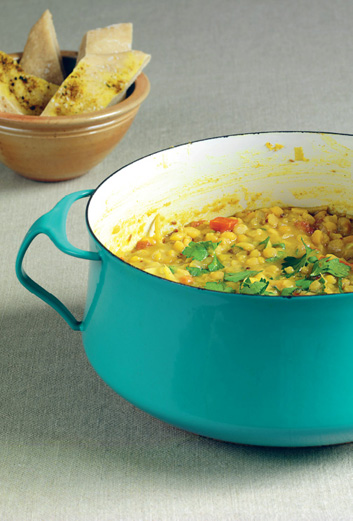
PLATE 4: Spiced butter and yellow split peas; Instant soft flatbreads
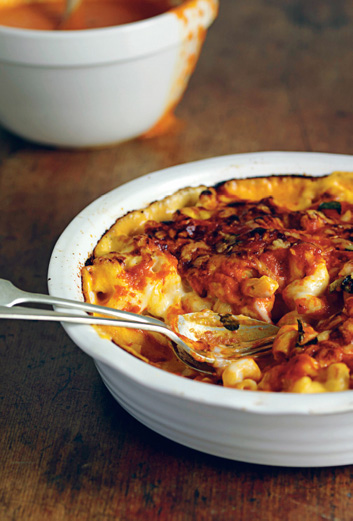
PLATE 5: Macaroni cheese with sweet cooked tomato
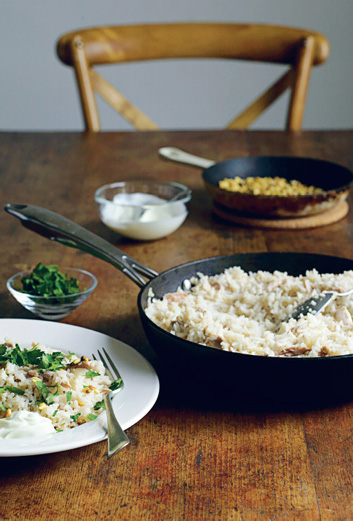
PLATE 6: Braised chicken rice, steamed with allspice
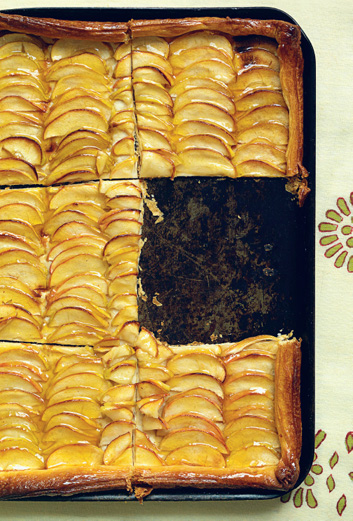
PLATE 7: Apple tart — quick

PLATE 8: Birthday cake
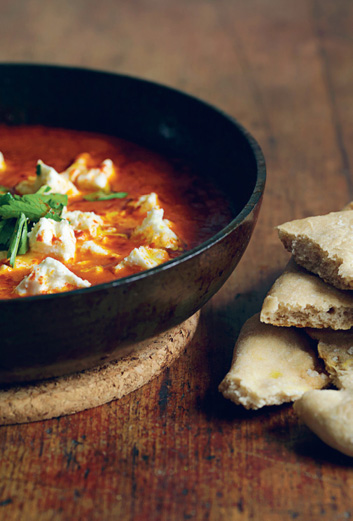
PLATE 9: Warm tomatoes, oregano and feta cheese with fridge dough breads
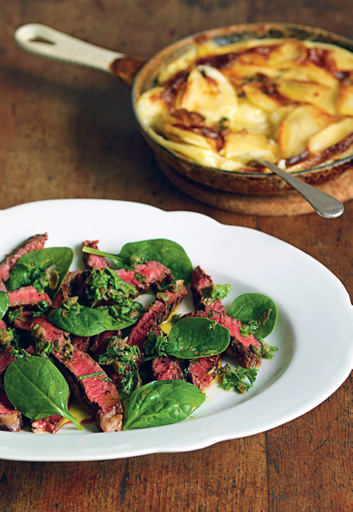
PLATE 10: Top rump steak with tender herbs and warm olive oil sauce; Potato, garlic and cream gratin
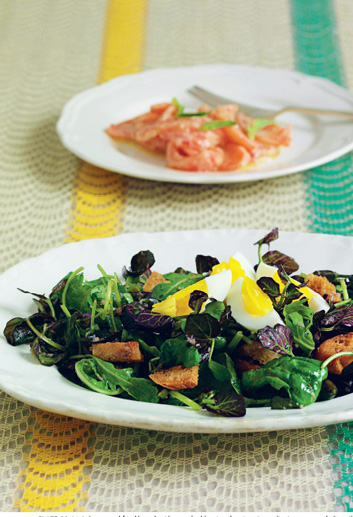
PLATE 11: Léa’s leaves and fried bread, with a smoked-herring dressing; Jacqueline’s tomato and olive oil

PLATE 12: Crisp smoked bacon, polenta cubes, bittersweet chicory
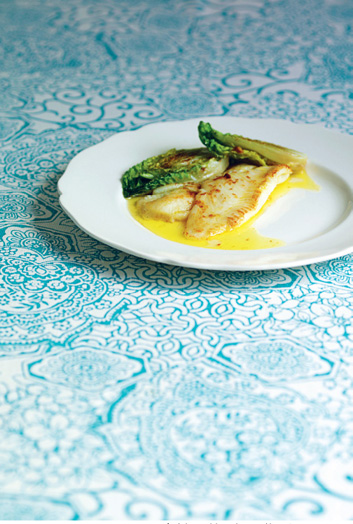
PLATE 13: Pan-fried plaice with lettuce hearts and lemon
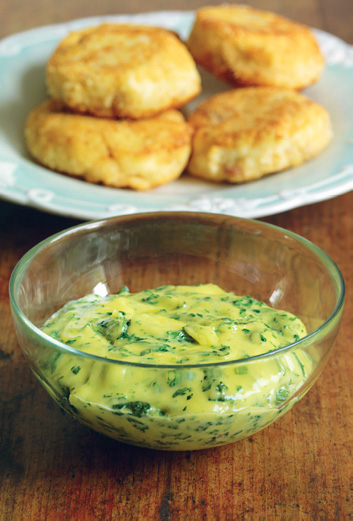
PLATE 14: Monkfish and bacon cakes; Caper and tarragon mayonnaise

PLATE 15: Eighty degrees beef
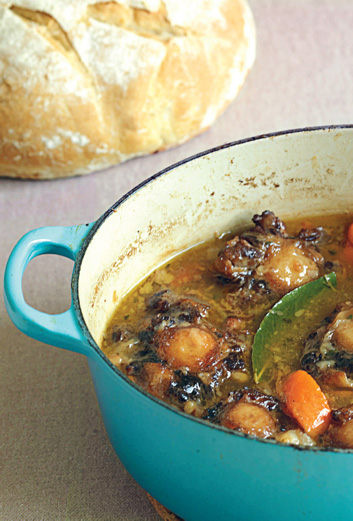
PLATE 16: Oxtail stew
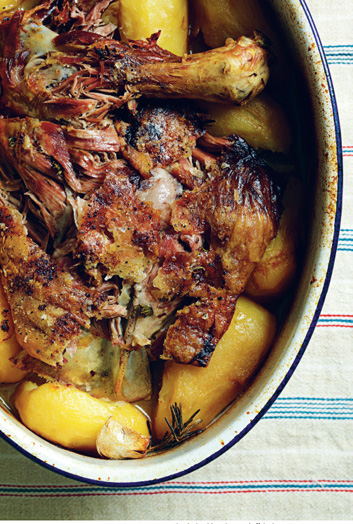
PLATE 17: Young lamb shoulder, shrugged off the bone
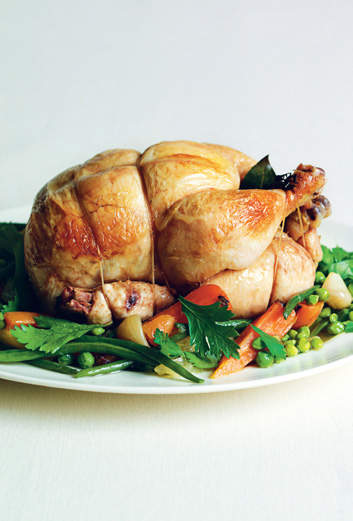
PLATE 18: Pot-cooked spring chicken with young veg
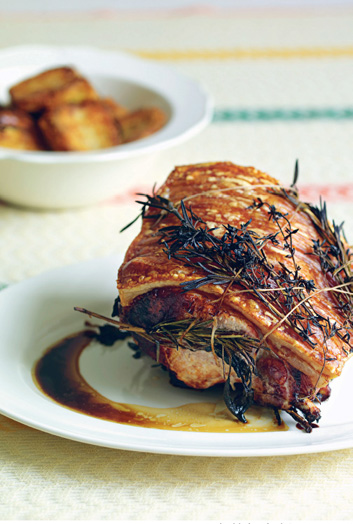
PLATE 19: Argiano pork with herbs and garlic
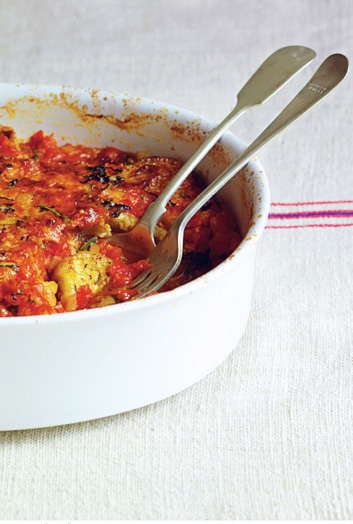
PLATE 20: Mother’s aubergines
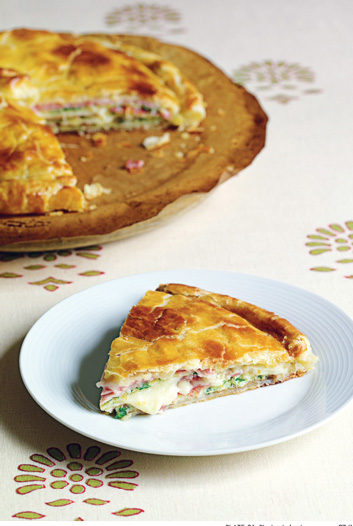
PLATE 21: Picnic pie
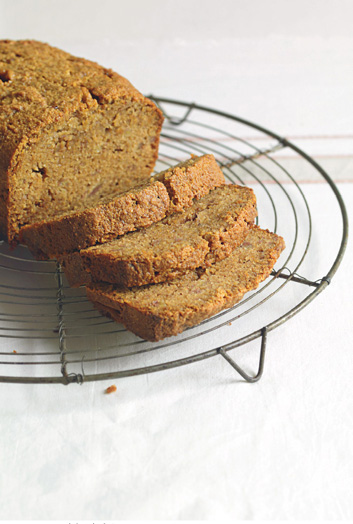
PLATE 22: Banana and almond cake
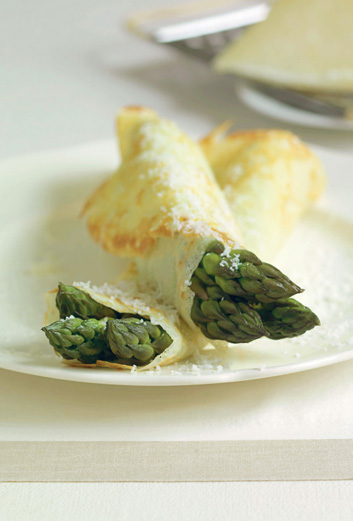
PLATE 23: Crepe-wrapped asparagus with grated cheese
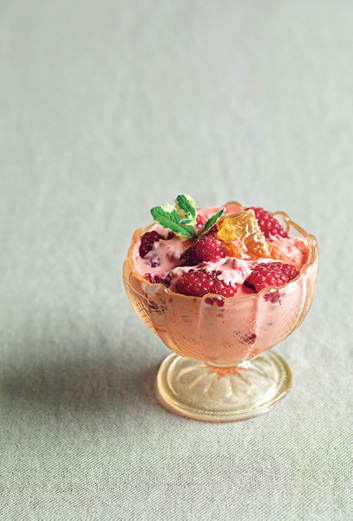
PLATE 24: Raspberry clotted-cream fool, with honeycomb
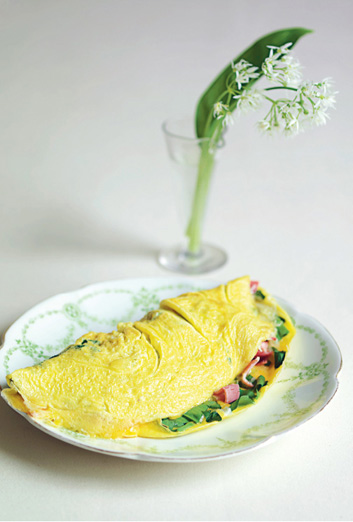
PLATE 25: Wild garlic omelette, with chilli, cheese and ham
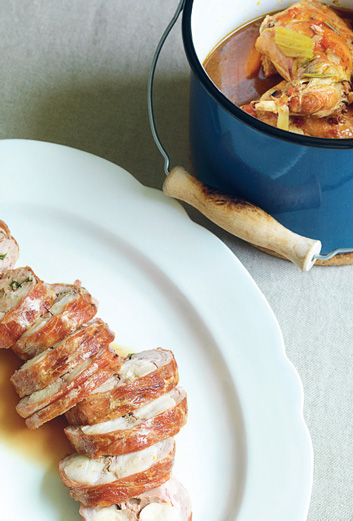
PLATE 26: Roast rabbit saddle, stuffed with liver and kidneys; Slow-cooked rabbit
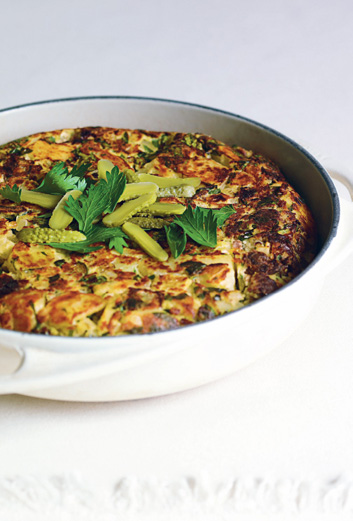
PLATE 27: Potato, beef and parsley hash
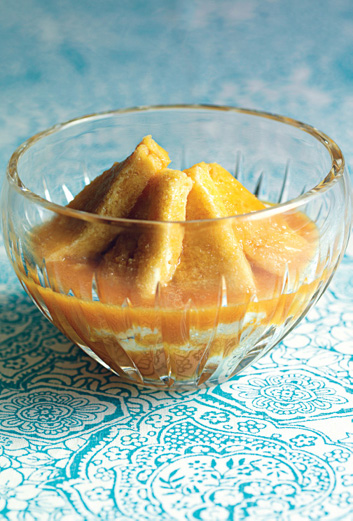
PLATE 28: Toffee bread pudding
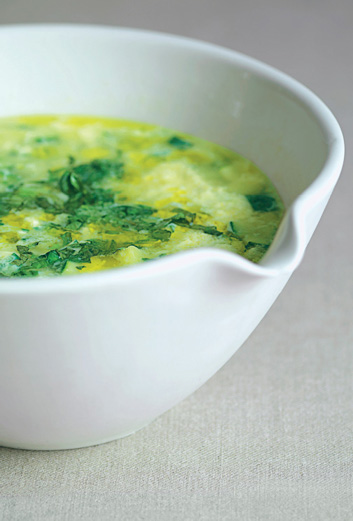
PLATE 29: Courgette, basil and egg soup
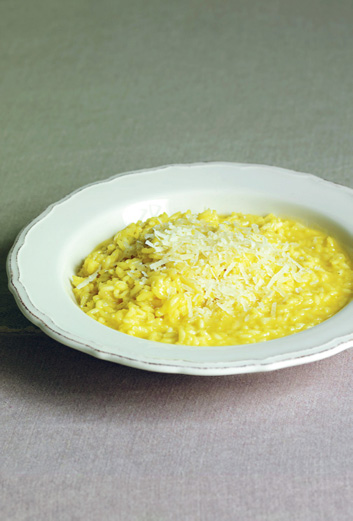
PLATE 30: Risotto
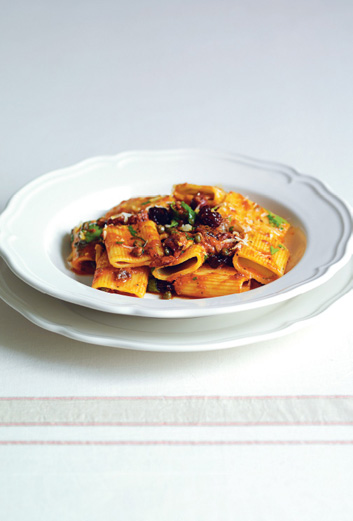
PLATE 31: Aunts’ pasta, with sweet cooked tomato and anchovy
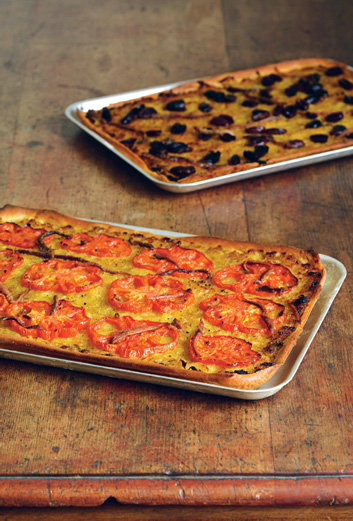
PLATE 32: Onion tart
Introduction
My earliest memories are full of the voices of women, telling you things. Their kitchen secrets, handed down, were at the heart of good suppers. Whispered advice or stern warnings, they are still there in my head, impossible to rub out, simply because they are useful. I collect these morsels now. I can’t let something good pass by without asking ‘how?’ In all honesty, I cannot cook unless I tune in to that busy frequency of influence.
This is a book about feminine cookery, at its best heroic: generous, practical and nurturing. It is more than a bag of worthy survival tools (though it has a proven track record in that respect). Feminine cookery is creative. Nurture is a deal, an agreement that can be a real struggle to sustain. The heroic feminine cook, Kitchenella, transforms it into a gentle art.
For most, stepping into the kitchen raises one dilemma or another. It is rarely the leisurely activity unrealistically promoted in the media. Often the need to cook is just a matter of answering hunger with little time and limited ingredients: dinners made with whatever can be bought in a late-night shop on the way home from work. But the idea of a pan filled with a hot, bubbling lava of melting salty cheese and tomatoes, ready within minutes to eat with bread, dissolves the problem, leaving behind a work of beauty.
We eye our children and plan to please them, but how? On the one hand they are difficult customers who run up a lot of credit, on the other they are much loved people we spend far too little time with. We aim to choose food that avoids arguments, but encourages adventure: sweet cooked tomato, whizzed into a non-bitty sauce, to use in at least seven dishes, has become a fridge standby to bless. Gently-spiced rice with chicken is an everyday staple, the crispest roast potatoes or pancakes a treat. This is family food with a long history of clean plates.
Balancing the extravagance of a special roasting joint by making good use of every scrap; planning the week’s meals ahead or creating dishes that are filling, cheap, yet still gorgeous to behold – these are typical tasks faced by home cooks, and need a practical, unselfish approach. It is work that is often done – astonishingly – for little thanks.
This is not to suggest bringing back the martyred, Fifties kitchen deity, whisking up unmatchable sponges each day at teatime. Recipes for modern life need to be realistic, and flexible enough to fit into very busy lives, yet the answers still lie in the feminine approach to cookery. Only it is not there. Trends show a decline in cooking fresh ingredients from scratch, while the consumption of convenience food continues to rise. Since women remain the main carers of others, their voices are silent and secrets are not passed on. The result is a generation of kitchen orphans growing up without any sort of good food ancestry.
Meanwhile, our chief food influence comes from men. Chefs dominate television cookery shows yet their efforts do not appear to convert more viewers to take up cooking – in spite of the hype to the contrary. We witness them telling mothers how to feed their children then weeping when their pleading is ignored. Viewers admit that while they are entertained, ultimately they are put off, even frightened to cook.
Traits in male cookery, while often inspirational and – thanks to some extreme competitiveness – technically astounding, are not the ones best suited to the everyday job of feeding others in the home. The customary man enjoys being a general in the kitchen, running a brigade of assistants, hence their success in professional kitchens. There is a tendency to cook for show, often extravagantly, and with an expectation of applause for doing so (something a regular home cook learns never to anticipate).
Such characteristics are admittedly stereotypical, though still very recognisable. It is difficult to pin the gender argument on clichés, however. There is a marginal new wave of young men who cook keenly at home, and fathers that approach family food in ways that emulate great women cooks. Women are also perfectly capable of rejecting their nurturing instinct and instead borrow traditional, tough-talking male traits. With the genders impersonating each other, the picture gets very blurred.
The highly potent influence of food television fails to sort the problem out because broadcasters determinedly characterise women in cookery programmes either as pouting goddess or dependable headmistress, expecting obedience. Where are the real mothers, facing genuine predicaments and solving problems? Nurturing cookery is absent in television. It is a reality show too far, perhaps.
But the fate of home cooking was sealed long before many of our TV chefs were born. Feminism made cooking a symbol of a woman’s drudge, successfully and rightly, bringing to an end girls-only cookery classes in schools and empowering women to seek the same jobs and pay awarded to men. You couldn’t, they reasoned, do both. In truth, for the 70 per cent of women in work who have dependent children, having it all still means having to put supper on the table at the end of the day.
Not surprisingly then, an eager and efficient food industry has galloped to the aid of liberated women. The industry that grew up after feminism rode on cheap and convenient food, cooked by someone else. It once seemed a great model, the answer to the busy person’s prayers, until the environmental and health costs of fast food and ready meals was judged unsustainable.
But feminism does not mean having to drop femininity. When prominent feminist voice Germaine Greer made chicken stock one night for her fellow inmates in the Big Brother house, her practical, generous act said it all. Similarly, there is evidence that young women are rediscovering and celebrating unique feminine skills, learning to sew, knit and cook.
More and more people, men and women, now say they wish they could cook and want good food to be part of their life. It is a question of finding that ingredient that switches aspiration into reality and the most effective food education has always been the unwritten, hand-me-down knowledge given to children by their mothers.
If this knowledge is not already there, Kitchenella, the heroic, modest feminine cook is a workable surrogate. Useful good ideas can become easily lost. Unless passed on they float in the ether, the verbal tradition looking for a receptive ear. The pity is that ideas can disappear forever, because they are typically the notions of people who would never have thought to write them down.
By the time I left school, I knew what I was bad at, but I was aware that information about cooking, especially when it linked to something good, would always stick in my mind. I am not even sure how much of it got there, or when it began to fill my head. Food was important in my family, discussed often. Snippets, thoughts, exclamations of pleasure – clocked. A mistake: a burned pan, an overdone roast – registered.
This is a recipe book but it is also a book of answers and ideas, a conversation between people who share an interest in solving problems. Much of what is inside its covers has been learnt from others: people I love, writers I read and individuals I meet every day. Good food should naturally lead to a moment of chat, a chance to ask, ‘How did you do that?’ The opposite is silence. Listen carefully for Kitchenella’s voice, though. It is not the loudest. She won’t show off, but nor will she bully you. She just wants to leave her mark: indelible, delicious influence.
Конец ознакомительного фрагмента.
Текст предоставлен ООО «ЛитРес».
Прочитайте эту книгу целиком, купив полную легальную версию на ЛитРес.
Безопасно оплатить книгу можно банковской картой Visa, MasterCard, Maestro, со счета мобильного телефона, с платежного терминала, в салоне МТС или Связной, через PayPal, WebMoney, Яндекс.Деньги, QIWI Кошелек, бонусными картами или другим удобным Вам способом.







